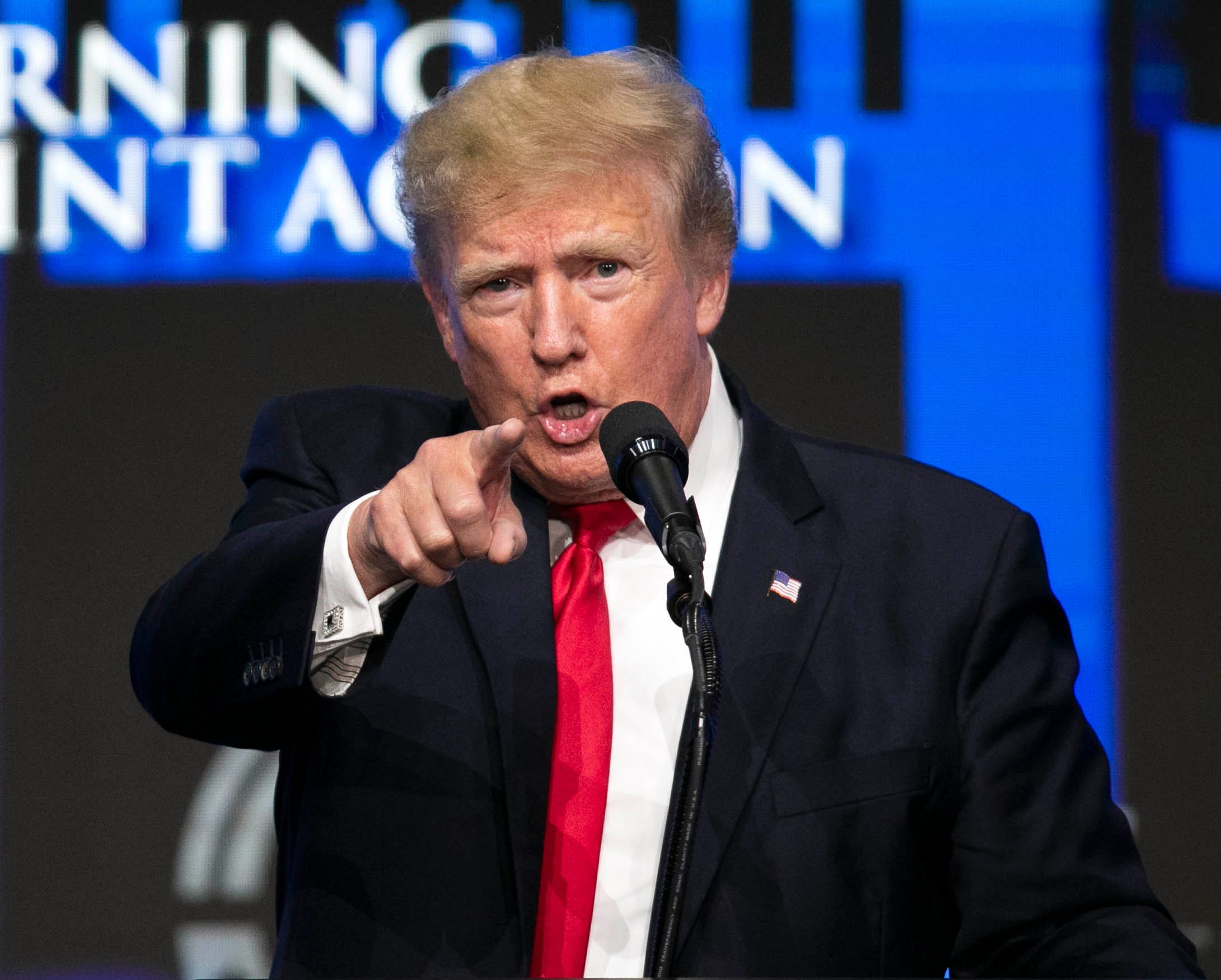In response to a worldwide market crisis, President Donald Trump announced on Wednesday that he would temporarily suspend tariffs on most countries for a period of 90 days, while simultaneously increasing the tax rate on Chinese imports to 125%.
Treasury Secretary Scott Bessent explained that Trump was halting his so-called ‘reciprocal’ tariffs on many of the nation’s key trading partners, but would keep a 10% tariff on nearly all imports globally.
However, tariffs on goods imported from China would jump to 125% “effective immediately,” as Trump stated on social media.
During a press briefing at the White House, Bessent noted that the market turmoil stemmed from investors’ confusion regarding Trump’s tariff approach.
“The market didn’t grasp that these were maximum levels. Countries can view these levels as they negotiate with us to reduce their tariffs and non-trade barriers,” Bessent remarked.
He added that Trump had “established maximum negotiating leverage for himself” and pointed out that the Chinese had “revealed themselves to the world as the bad actors.”
This move appeared to be an effort to shift the focus of an unprecedented trade conflict between the U.S. and numerous countries to a more targeted dispute with China.
Following this announcement, global markets experienced a significant upswing.
A noticeable backlash from the global economy against Trump’s tariffs, which began to take effect on Wednesday, highlighting that the U.S. president is not insulated from market dynamics.
It remains unclear how Trump will proceed with the remainder of his tariff plans.



